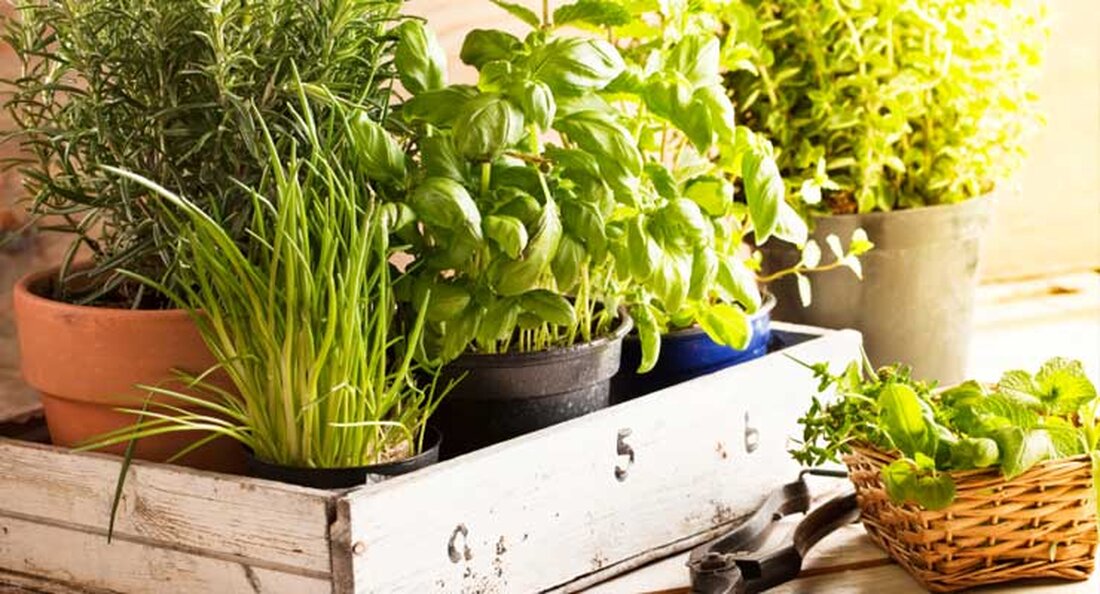How to heal yourself with clay and mud packs
Our earth provides the nutrients that make plant life possible, and the earth sustains not only plant life, but also all animals and people. We sometimes think of soil as “dirty,” but ordinary soil and water is an effective cleaning agent, and sometimes it is even more effective than soap. To take this a little further, there are several naturopathic treatments that rely on the use of earth in the form of clay and mud packs. Let's take a look at how clay and mud packs can be used to treat a variety of human ailments. The value of clay packs is diverse. The clay packs cool the affected...

How to heal yourself with clay and mud packs
Our earth provides the nutrients that make plant life possible, and the earth sustains not only plant life, but also all animals and people. We sometimes think of soil as “dirty,” but ordinary soil and water is an effective cleaning agent, and sometimes it is even more effective than soap. To take this a little further, there are several naturopathic treatments that rely on the use of earth in the form of clay and mud packs. Let's take a look at how clay and mud packs can be used to treat a variety of human ailments.
The value of clay packs is diverse. The clay packs cool the affected area much more than a regular cold pack and lower the temperature. They also absorb toxins when applied to a boil or weeping wound. In addition, the clay also helps by drawing out the pus and cleaning the wound. Clay also helps reduce swelling and can be used to relieve tension in muscles and calm over-stimulated nerves.
In addition to the above benefits, clay helps relieve local pain and is effective in treating fever, constipation, diarrhea, stomach/duodenal/intestinal ulcers, uterine bleeding, hemorrhoids, fissures, appendicitis, abdominal pain and irregular menstruation. Of course, it's great for all sorts of skin problems.
Clay is generally used as a paste, directly as an ointment, or in the form of a poultice. Typically, clay paste is applied to the abdomen or other areas of the body that show symptoms of illness. In many cases it can be applied to the whole body, or a mud bath can be taken, in which the entire body, except the head, is buried in clay of a suitable consistency. And even the face will be covered in mud.
Clay of any color can be used provided it does not contain harmful materials or chemicals. It is best to collect the clay in a reasonably pollution-free location, at least 3 feet below the soil surface. If the clay is highly viscous (sticky), some fine sand should be mixed in, even up to 50%. Coarse materials such as pebbles and sticks should be removed through a sieve if necessary. Before using the clay, it should be dried in the sun. It should then be crushed or ground into powder.
When preparing the clay for a paste or poultice, add just enough water to give it the consistency of butter or soft dough. It should be able to adhere and definitely not be so thin that it slips off the skin. Spread it on the affected part in a thickness appropriate to the weather and desired duration of wear. The longer you want to keep it on, the thicker it should be. Or it can be spread on a piece of fine muslin or cheesecloth. When spread on the stomach, it should be 15 cm (6 inches) long and 7.5 cm (3 inches) wide. If the clay is applied to the eyes or hair area, a cloth is essential.
If the clay paste or pack is left uncovered, it has a cooling effect. To achieve maximum cooling effect, it should be changed frequently. However, if it is well covered with a thick cotton or woolen cloth, it generally has a warming effect. So if the goal is to cool the part or lower body temperature, the clay should be left uncovered. However, if a warming effect is desired, it should be covered.
Typically the sound will fade after about 30 minutes or an hour. If necessary, clay can be reapplied. In any case, if the mud starts to crack within approx. 3 hours of drying or the backpack becomes stale, it should be removed. If clay was used for its cooling effect, the part to which it was applied should first be wiped clean with a cloth and then brought to normal temperature by dry rubbing with the palms of the hands. If it has been used to warm any part of the body, that part should be wiped clean with a cloth wrung out in cold water.
If the illness is severe, the mud pack can be applied three times a day. In case of ulcer, the mud should be heated well to sterilize it.
Some alternative practitioners prescribe constipated patients to swallow 5 to 10 grams of clean clay mixed with water daily. This must be done on an empty stomach.
In summary, we can say that clay or mud is one of the most fundamental natural remedies in our world. It is used to cure hundreds of different types of diseases, most of which could not even be mentioned here due to space limitations. Although it is a superior healer, although its effects are priceless - it is free!
So never underestimate the power of earth and clay when it comes to healing our bodies. For more information, contact a naturopathic doctor or naturopath.

 Suche
Suche
 Mein Konto
Mein Konto
